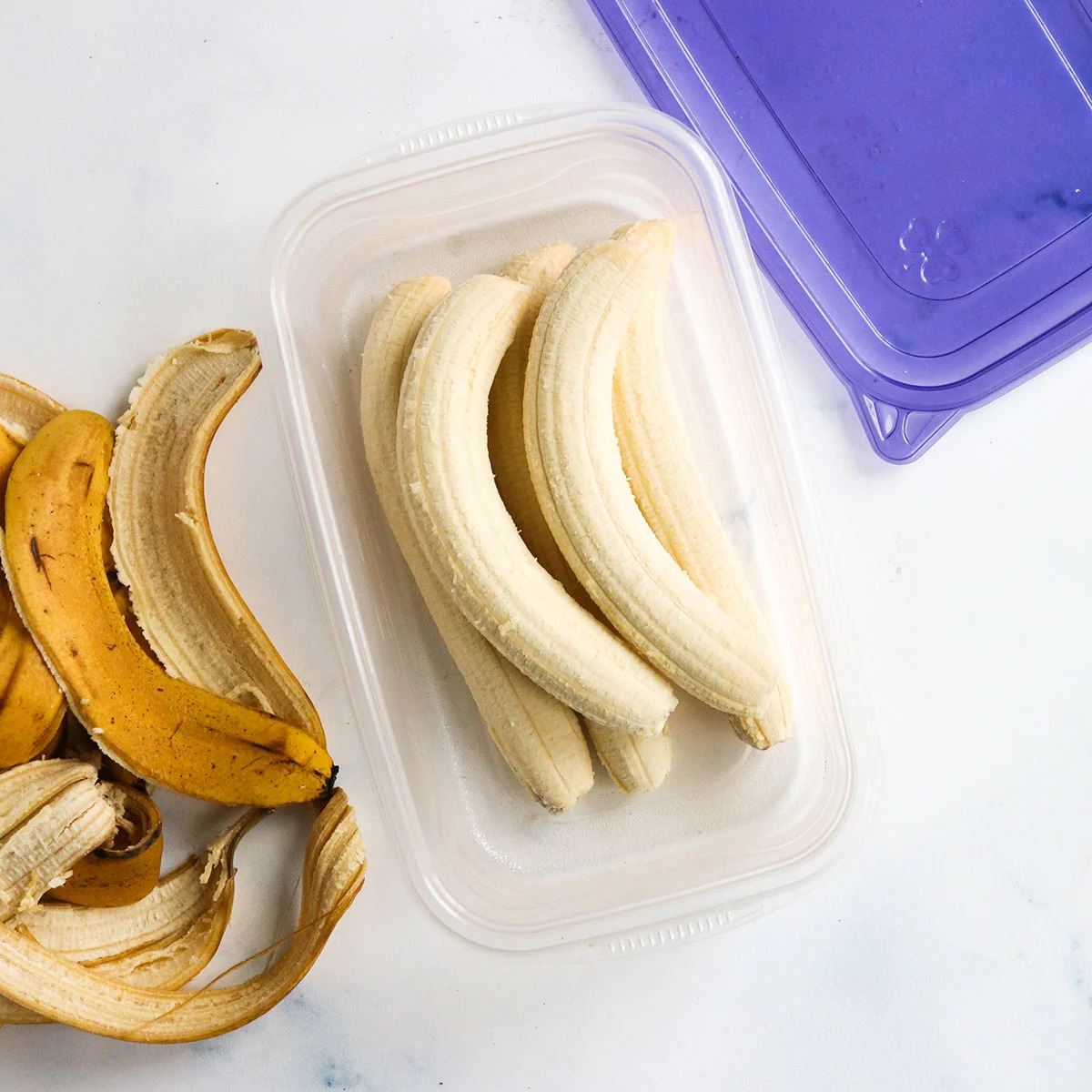

Articles
How To Store Ripe Bananas
Modified: January 6, 2024
Learn the best techniques and tips on how to store ripe bananas in this informative collection of articles. Keep your bananas fresh and delicious for longer!
(Many of the links in this article redirect to a specific reviewed product. Your purchase of these products through affiliate links helps to generate commission for Storables.com, at no extra cost. Learn more)
Introduction
We’ve all been there – you bought a bunch of delicious ripe bananas with the intention of enjoying them throughout the week. However, life got in the way, and now you find yourself with bananas that are getting overly ripe and mushy. Thankfully, there are several ways to store ripe bananas and prolong their freshness.
Storing ripe bananas is essential to prevent them from turning brown and becoming too soft to eat. Whether you want to keep them at room temperature, in the refrigerator, or even freeze them for future use, this article will guide you through the different methods and provide some insightful tips to maximize their shelf life.
So, let’s dive in and explore the various ways to store ripe bananas, ensuring that you can enjoy them in your favorite recipes or as a quick and nutritious snack!
Key Takeaways:
- Make the most of ripe bananas by storing them properly. Whether at room temperature, in the fridge, or in the freezer, these methods ensure you can enjoy their sweetness and versatility for longer periods.
- Extend the shelf life of ripe bananas with simple tips like separating them, using lemon juice to prevent browning, and considering banana bags. Don’t let those overripe bananas go to waste – put them to good use in your favorite recipes!
Read more: How To Store Ripe Figs
Storing Ripe Bananas at Room Temperature
If you plan to consume your ripe bananas within the next couple of days, storing them at room temperature is the best option. This method allows them to continue ripening further and develop their natural flavors.
To store ripe bananas at room temperature, follow these steps:
- Keep them separate: If your bananas are still in a bunch, separate them gently. This will prevent them from ripening too quickly due to the release of ethylene gas.
- Avoid direct sunlight: Find a cool, dry spot in your kitchen or pantry to store the bananas. Avoid placing them in direct sunlight, as this can speed up the ripening process.
- Hang them: To slow down the ripening process even further, consider hanging the bananas. Use a hook or hanger and suspend them in the air. This method allows air circulation and prevents bruising.
- Check regularly: Check on your bananas regularly, especially if they are already ripe. Pay attention to any signs of overripe or moldy spots and consume them before they reach that stage.
By following these steps, you can ensure that your ripe bananas remain fresh and delicious at room temperature for a few days. However, if you realize that you won’t be able to consume them in time, it’s time to consider other storage methods.
Storing Ripe Bananas in the Refrigerator
If you find yourself with ripe bananas that you can’t consume within a few days, storing them in the refrigerator is a great way to extend their shelf life.
Here’s how you can store ripe bananas in the refrigerator:
- Separate them: Just like storing bananas at room temperature, it’s important to separate them if they come in a bunch. This helps prevent them from ripening too quickly.
- Wrap them: Wrap each banana individually with plastic wrap or aluminum foil. This helps prevent the ethylene gas they produce from affecting other fruits and vegetables in the refrigerator.
- Place them in a produce drawer: Put the wrapped bananas in a produce drawer if you have one. If not, you can place them in any other section of your refrigerator where they won’t get knocked around or squished.
- Consume within a week: Ripe bananas stored in the refrigerator can stay fresh for up to a week. After that, they may start to develop brown spots or become overly soft and mushy.
Storing ripe bananas in the refrigerator may cause their peel to turn brown. However, the banana flesh inside should remain fresh and delicious. If you’d like to use chilled bananas for smoothies or other recipes, simply peel and use them as desired.
It’s worth noting that the texture of refrigerated bananas may change slightly compared to fresh ones. They might become slightly mushier, but they are still perfectly fine to eat.
Keep in mind that if you have green or unripe bananas, it’s best to store them at room temperature until they ripen and then consider refrigeration to extend their shelf life.
Store ripe bananas in the refrigerator to slow down the ripening process. This will help them stay fresh for a few more days.
Storing Ripe Bananas in the Freezer
If you have a surplus of ripe bananas or simply want to keep them for an extended period, freezing ripe bananas is an excellent option. Freezing bananas not only allows you to store them for months but also provides a versatile ingredient for smoothies, baking, and other delicious recipes.
Here’s how you can freeze ripe bananas:
- Peel and slice: Start by peeling the ripe bananas and slicing them into chunks or coins. Keeping the slices approximately the same size helps with even freezing and thawing.
- Prepare a tray: Place the banana slices in a single layer on a baking sheet or tray lined with parchment paper or a silicone mat. Make sure the slices don’t touch each other, as this will prevent them from sticking together.
- Flash freeze: Transfer the tray of banana slices to the freezer and let them freeze for about 1-2 hours, or until they are firm and not stuck together.
- Store in a freezer bag or container: Once the banana slices are individually frozen, transfer them to a freezer-safe bag or container. Label the container with the date for future reference.
- Seal and freeze: Squeeze out any excess air from the bag or container, ensuring a tight seal. Then return them to the freezer for long-term storage.
Frozen bananas can be stored for up to 6 months. When you’re ready to use them, simply take out the desired amount from the freezer and thaw them in the refrigerator overnight or at room temperature for a few hours. You can also use frozen bananas directly in recipes like smoothies or baked goods without thawing.
Using frozen bananas in recipes adds a creamy and sweet flavor, making them a popular choice in smoothies, banana ice cream, or as a substitute for eggs in baking. Don’t forget to experiment and get creative with your frozen bananas!
Remember to keep in mind that the texture of frozen and thawed bananas will change. They become softer and may have a slightly different consistency compared to fresh bananas. However, the flavor and nutritional benefits remain intact.
Tips for Extended Banana Storage
While knowing the different methods to store ripe bananas is essential, there are a few additional tips and tricks that can help you extend their shelf life even further. Here are some tips for extended banana storage:
- Choose the right ripeness: When purchasing bananas, consider buying them at different stages of ripeness. This way, you can have some bananas ready to eat immediately, while others can be left to ripen gradually.
- Separate overripe bananas: If you notice that a banana is becoming overripe or has been damaged, it’s best to separate it from the rest. Overripe bananas produce more ethylene gas, which can speed up the ripening process of other fruits around them.
- Use lemon juice: If you want to prevent sliced bananas from browning, you can dip them in lemon juice before storing. The acid in the lemon juice helps to slow down the oxidation process.
- Consider banana bags: Banana bags or banana hangers are specially designed to keep bananas fresh for longer. These bags provide insulation and reduce exposure to air, slowing down the ripening process.
- Refrigerate overripe bananas: If you have overripe bananas but can’t use them right away, you can prolong their usability by placing them in the refrigerator. This will help slow down the enzymatic process that causes them to ripen further.
- Make banana puree: If you have a large number of ripe bananas, consider making banana puree. Mash the bananas and store the puree in airtight containers or freezer bags. This can be used later for baking or in smoothies.
By utilizing these tips, you can make the most out of your ripe bananas and ensure they stay fresh for as long as possible. Remember to regularly check your stored bananas and discard any that show signs of spoilage or mold to prevent them from affecting the others.
Read more: How To Store Ripe Avocados
Conclusion
Storing ripe bananas properly is essential to make the most of their delicious flavor and prevent them from going to waste. Whether you choose to store them at room temperature, in the refrigerator, or in the freezer, each method offers its own advantages for extending the shelf life of ripe bananas.
When storing ripe bananas at room temperature, remember to keep them separate, avoid direct sunlight, and check on them regularly to ensure they are consumed before they become overripe.
If you need to prolong the freshness of ripe bananas, storing them in the refrigerator is a fantastic option. By separating, wrapping, and placing them in a produce drawer, you can enjoy them for up to a week.
Freezing ripe bananas provides you with a versatile ingredient for smoothies, baking, and other recipes. Peel, slice, flash freeze, and store them in freezer bags or containers for up to 6 months of long-term storage.
Additionally, following tips such as choosing the right ripeness, using lemon juice to prevent browning, and considering banana bags or hangers can further extend the storage life of your ripe bananas.
Remember, while the texture of stored bananas may change slightly, their flavor and nutritional benefits remain intact. So don’t let those overripe bananas go to waste! Instead, put them to good use in your favorite recipes or enjoy them as a healthy snack.
By implementing these storage methods and tips, you can ensure that your ripe bananas are at their best for longer periods, allowing you to enjoy their sweetness and versatility whenever you desire.
Frequently Asked Questions about How To Store Ripe Bananas
Was this page helpful?
At Storables.com, we guarantee accurate and reliable information. Our content, validated by Expert Board Contributors, is crafted following stringent Editorial Policies. We're committed to providing you with well-researched, expert-backed insights for all your informational needs.

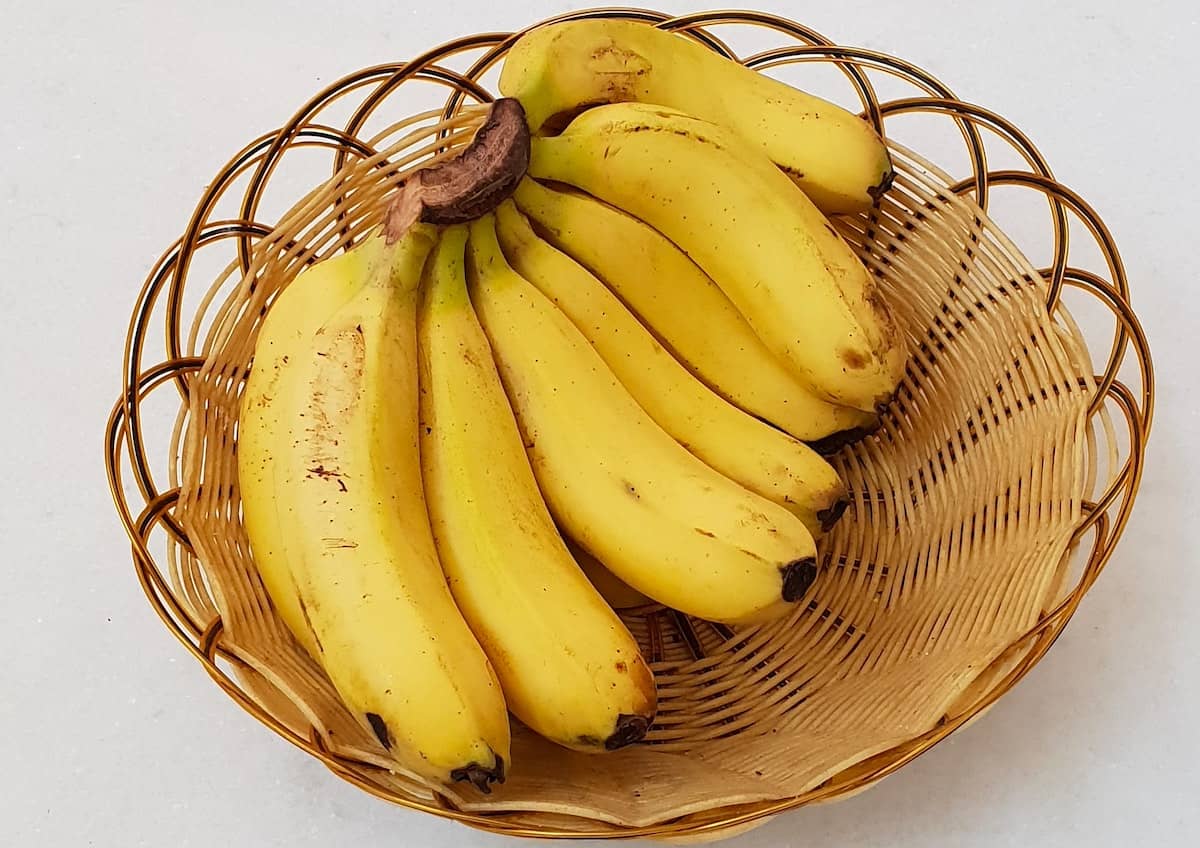
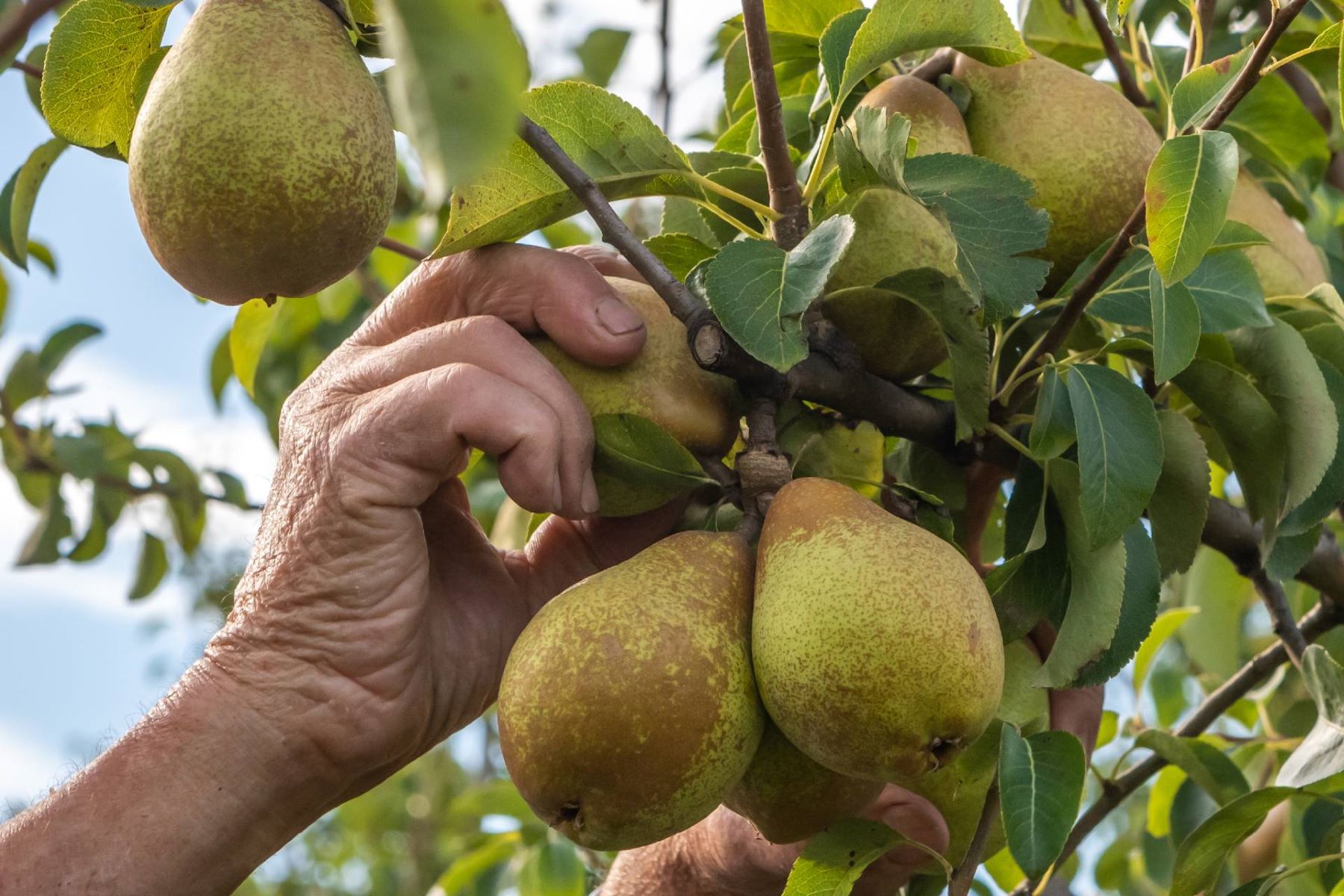
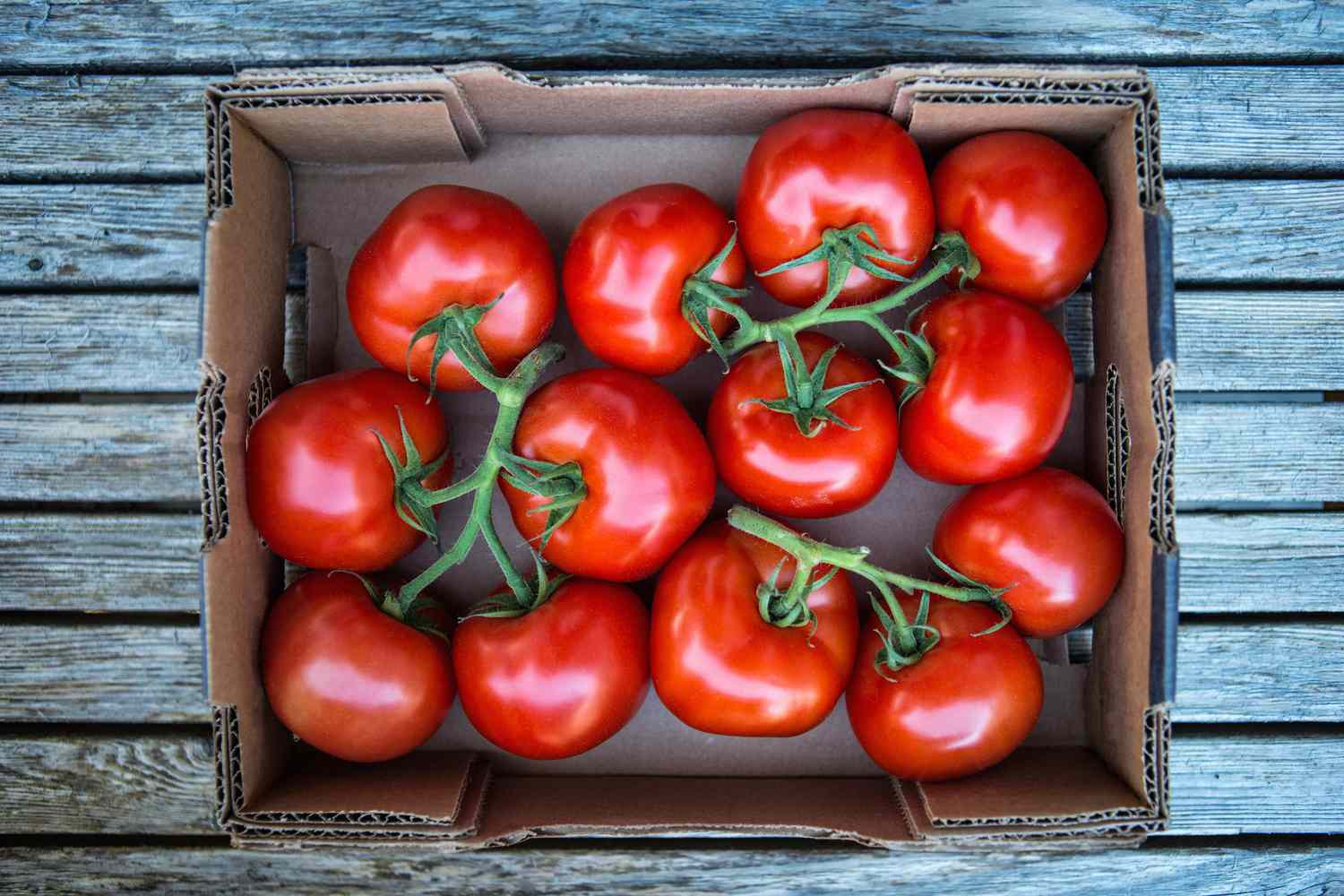
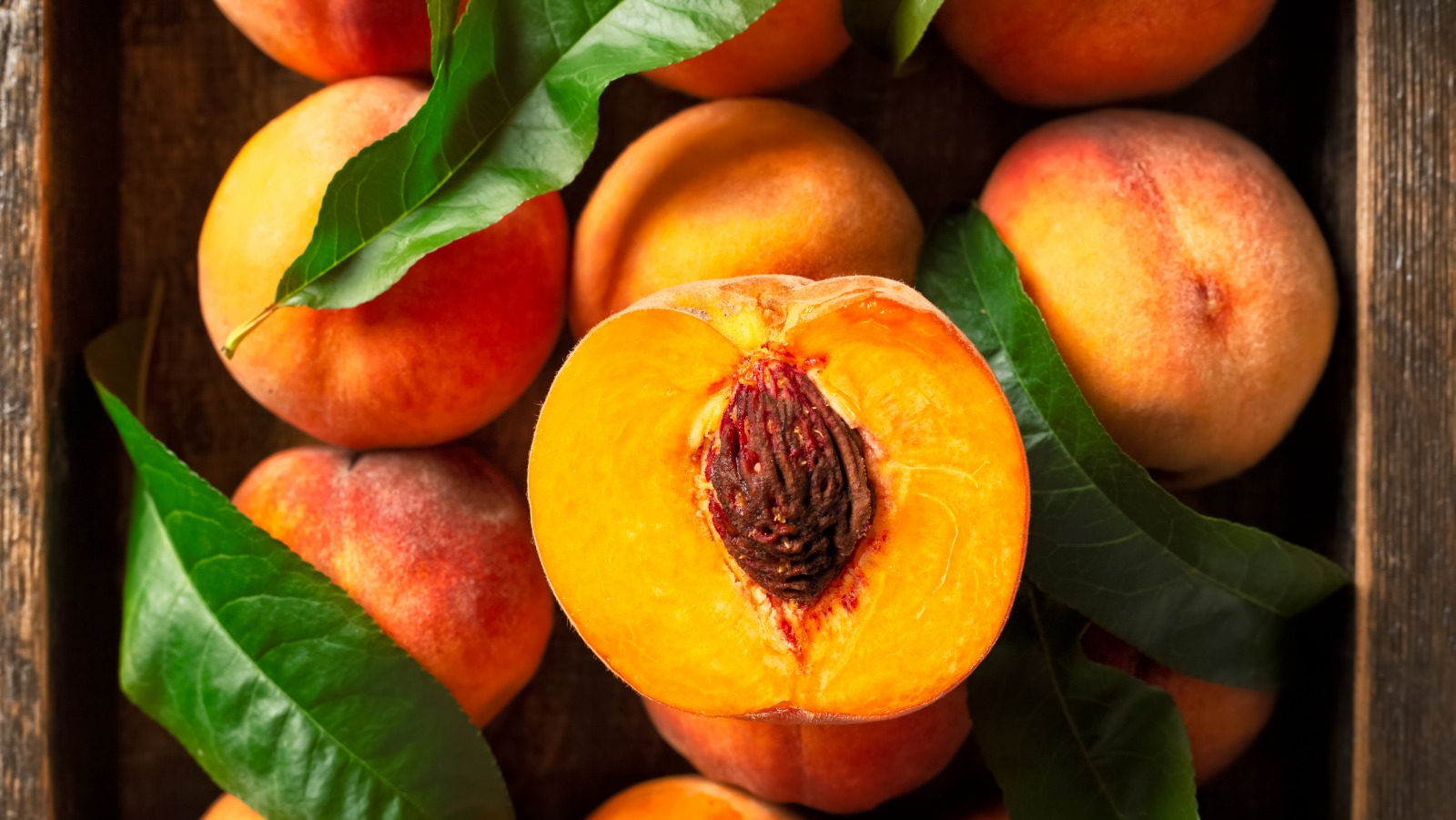

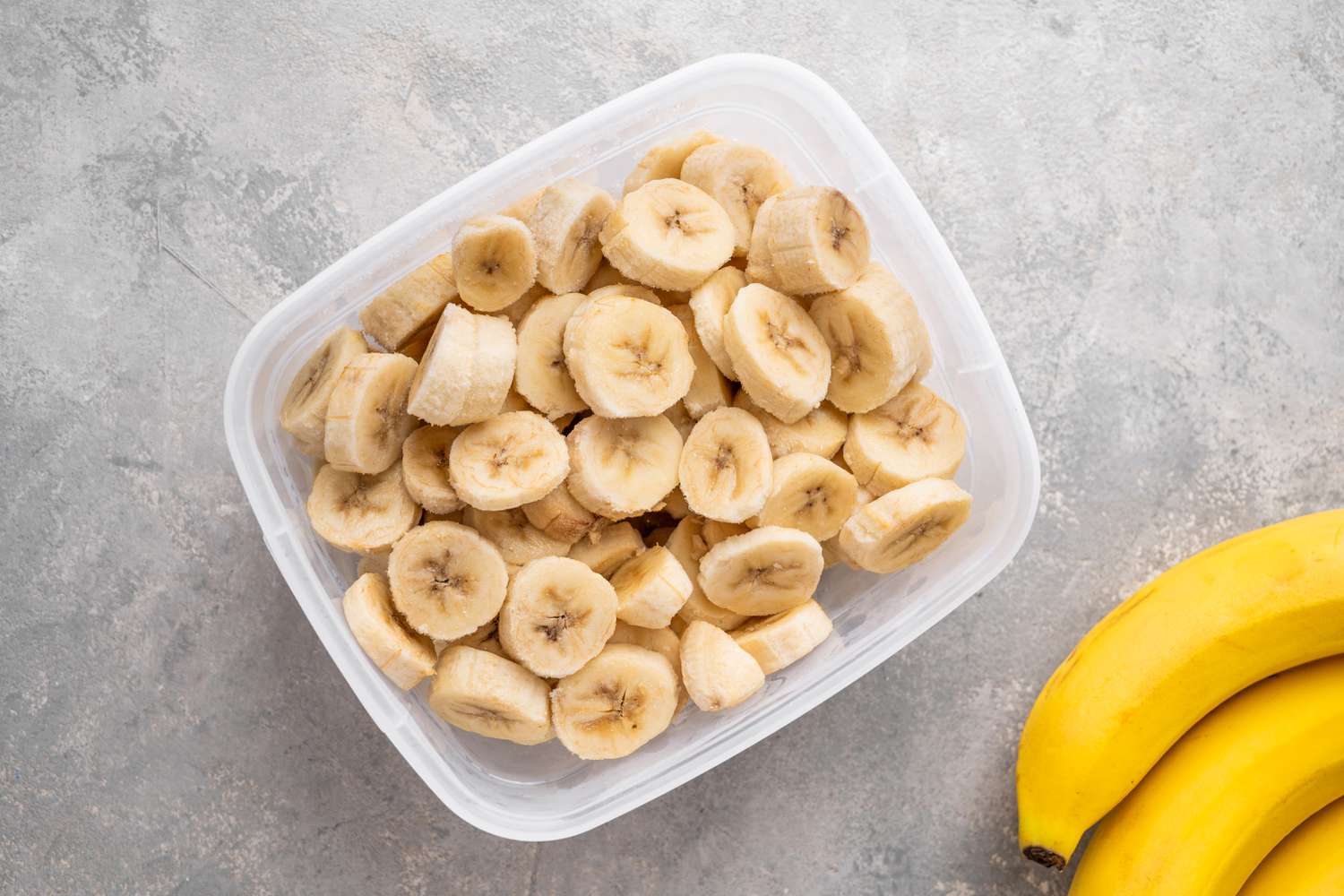
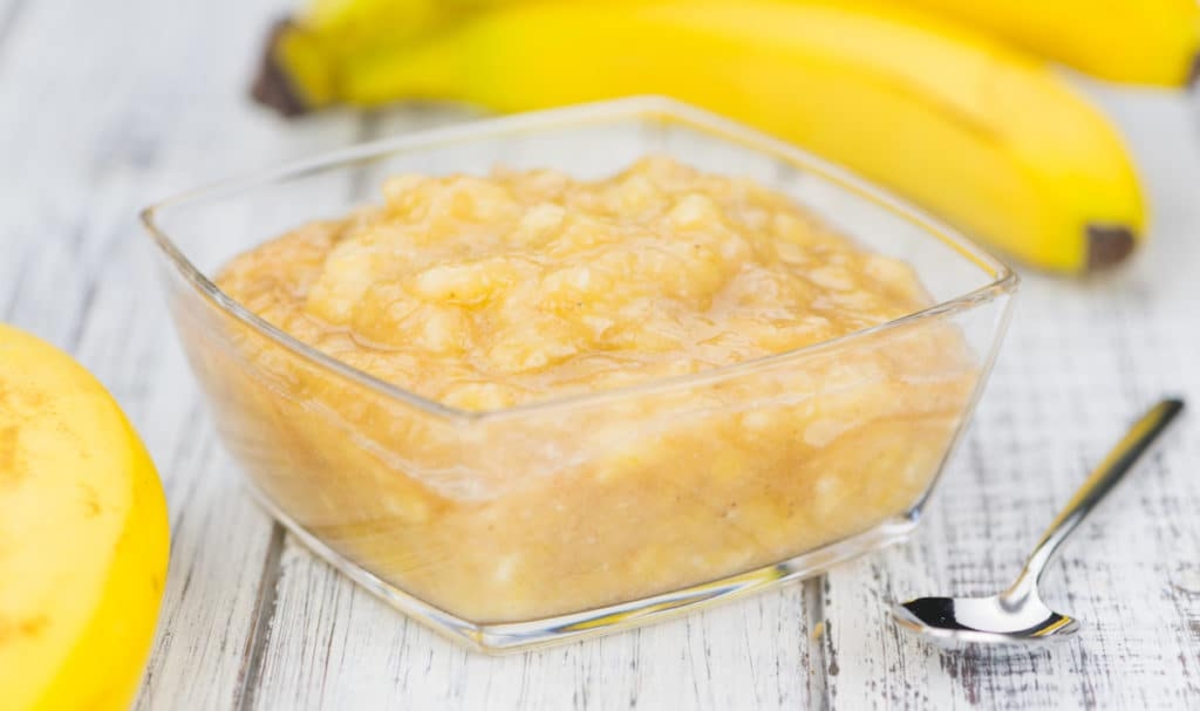
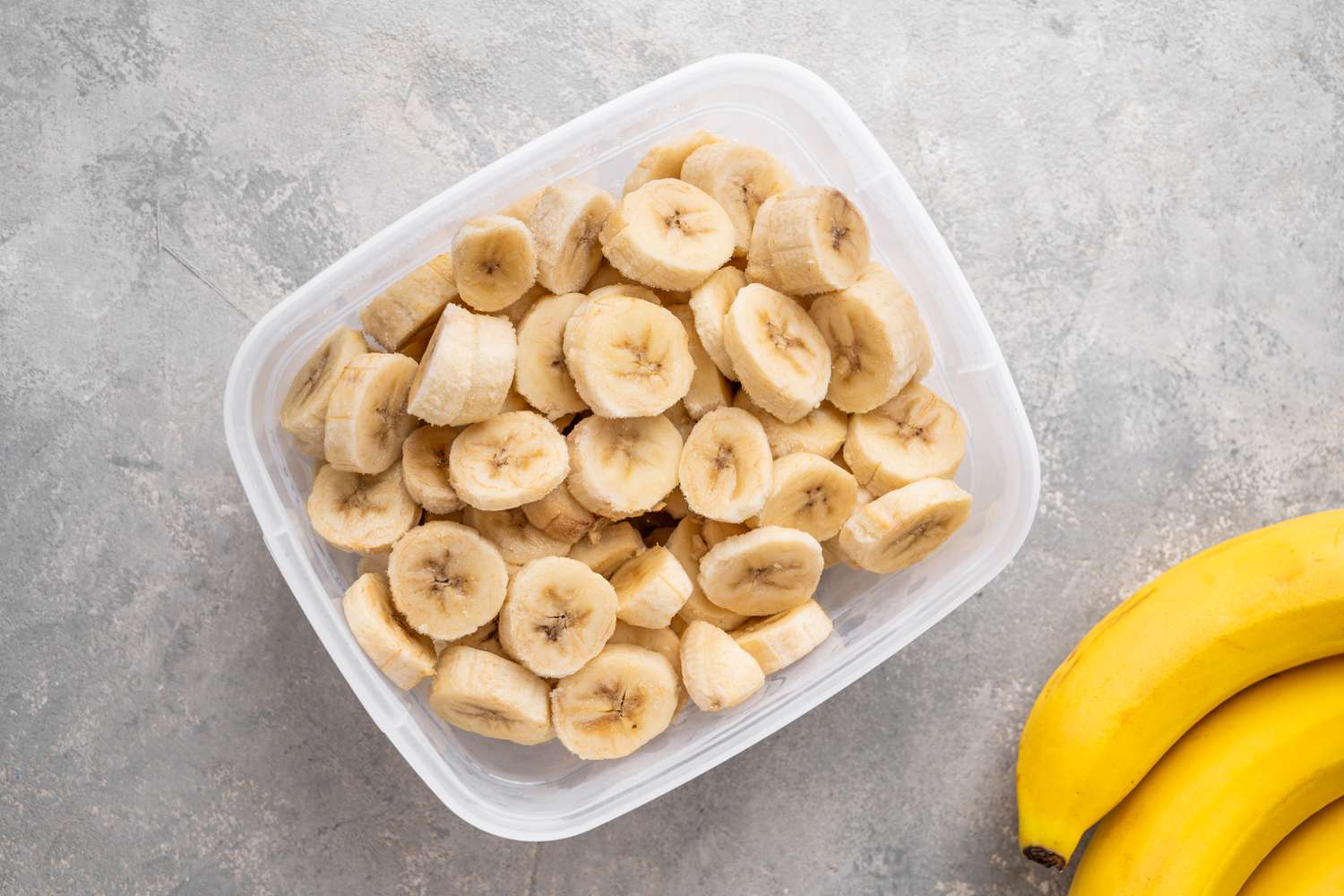
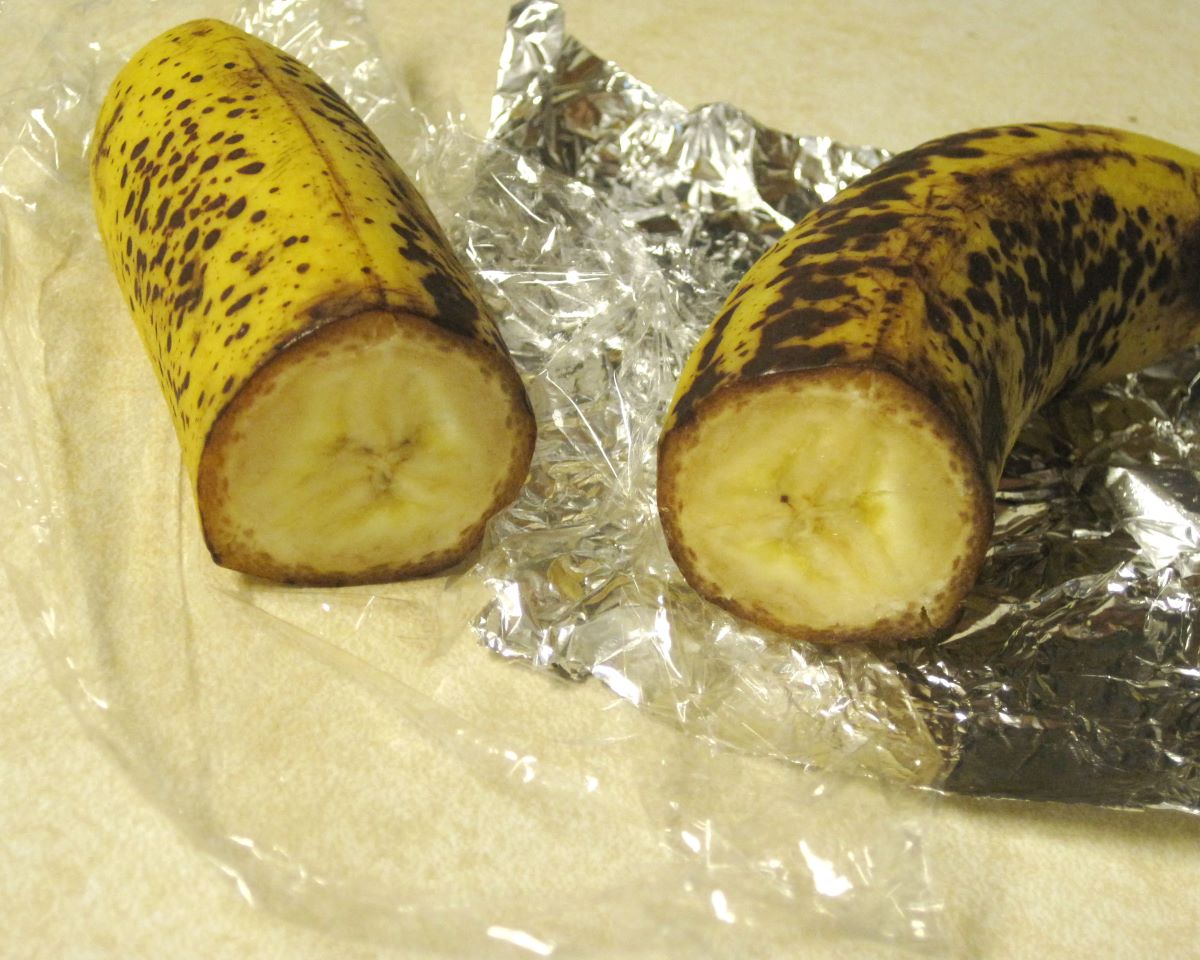
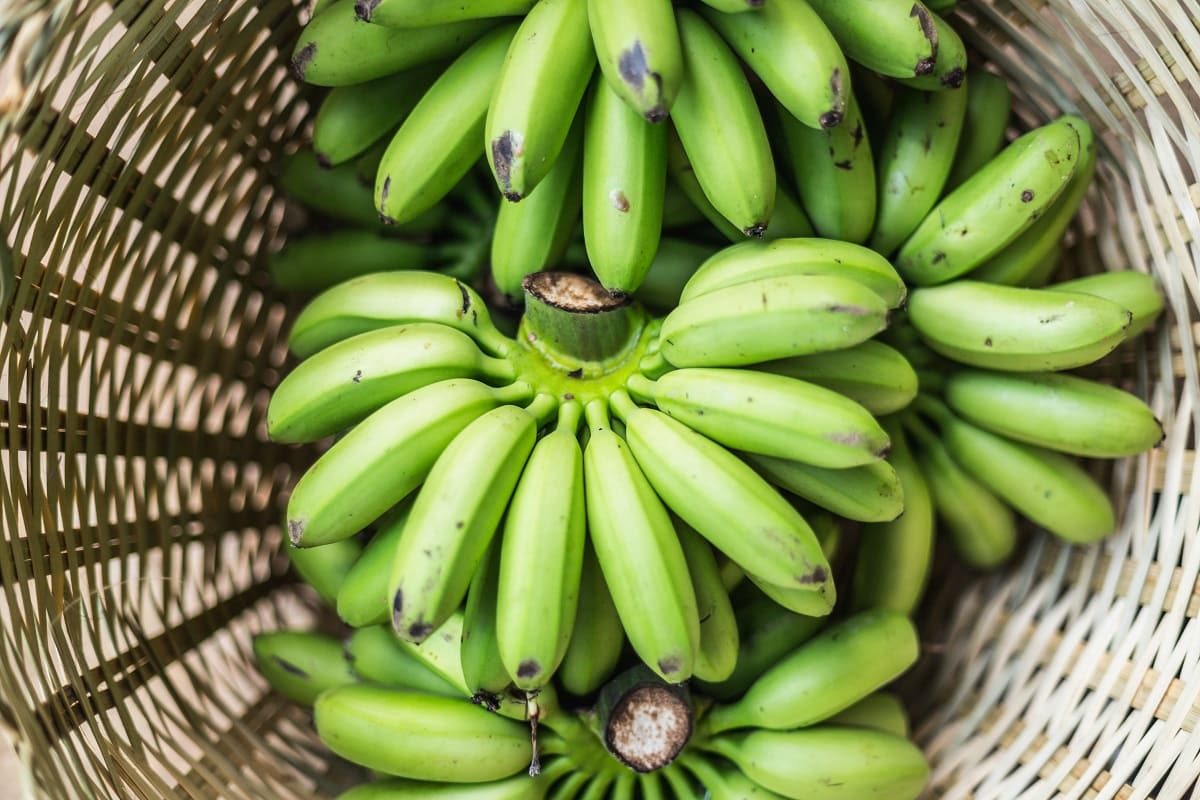
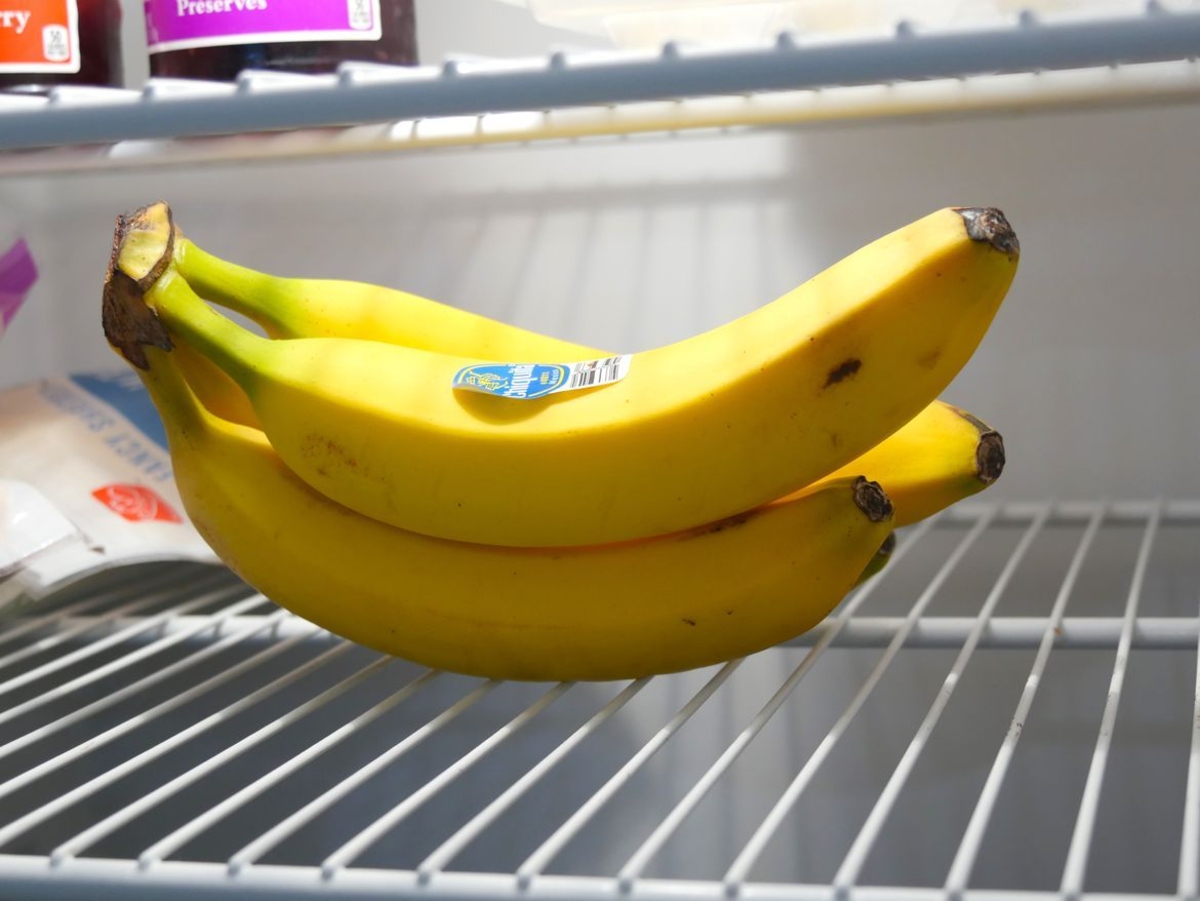
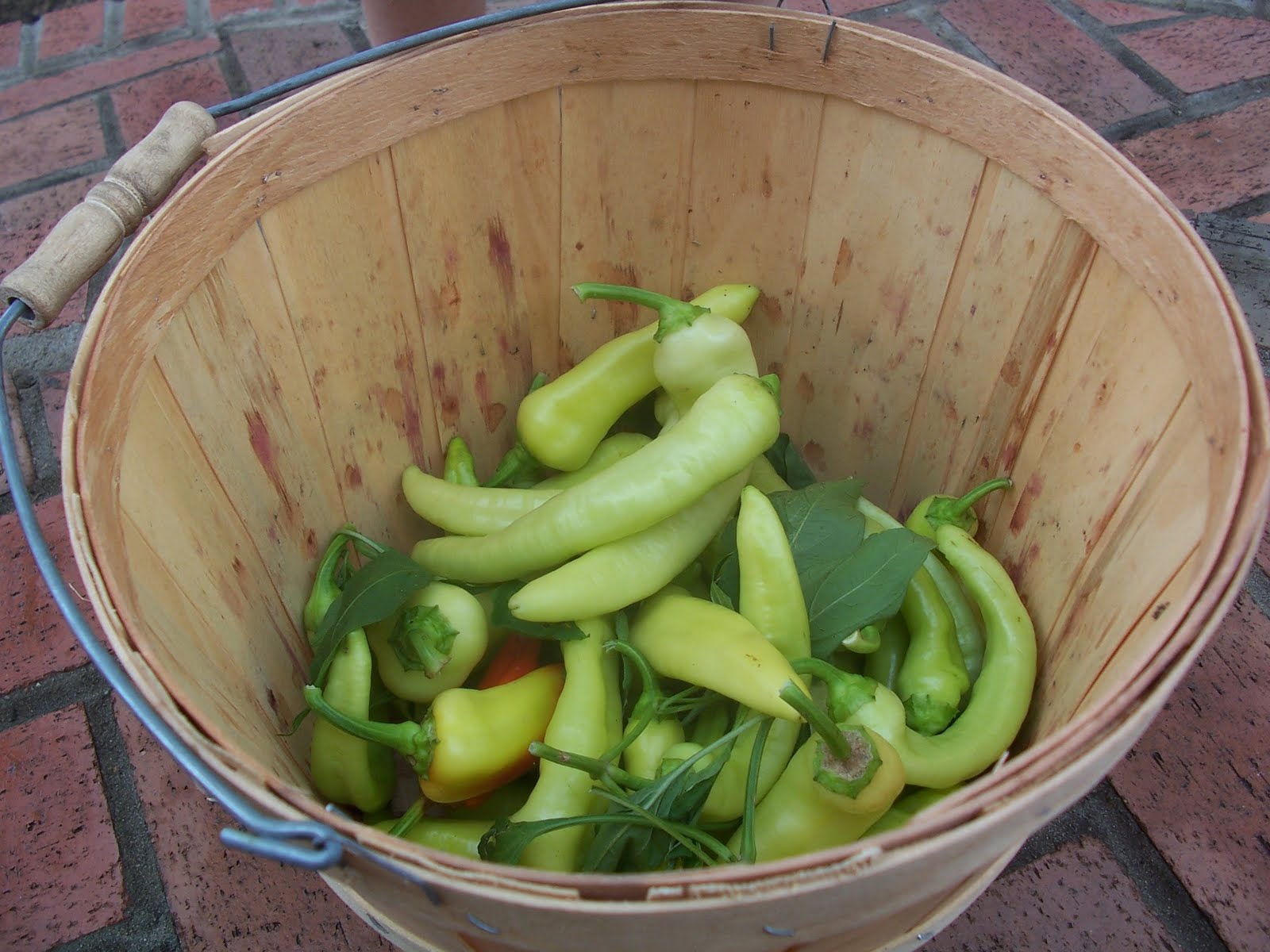
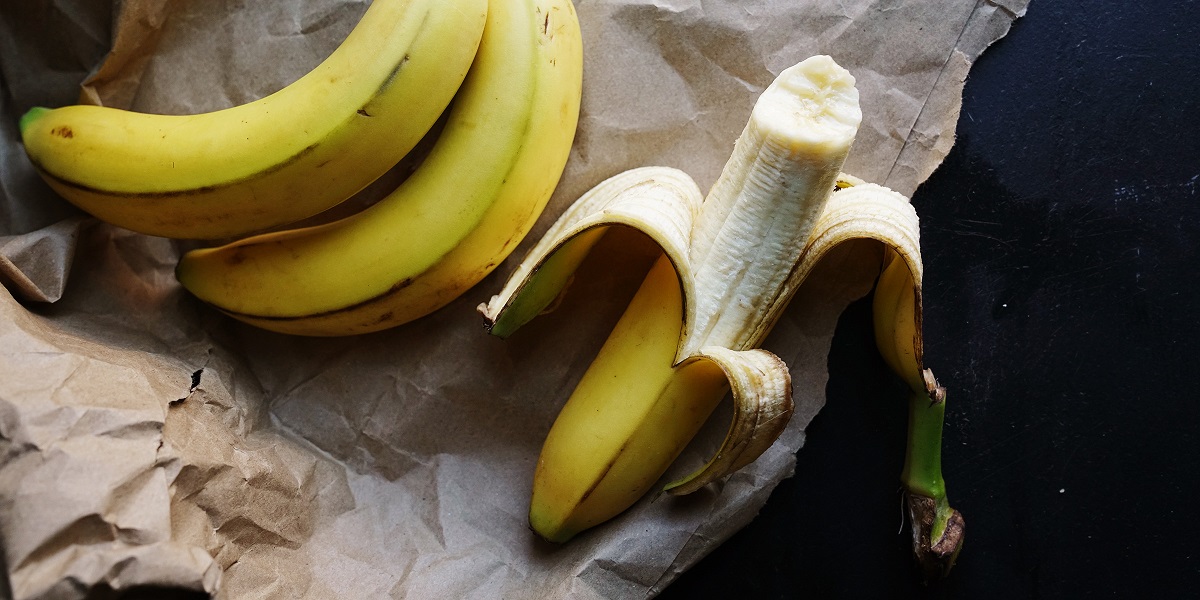

0 thoughts on “How To Store Ripe Bananas”